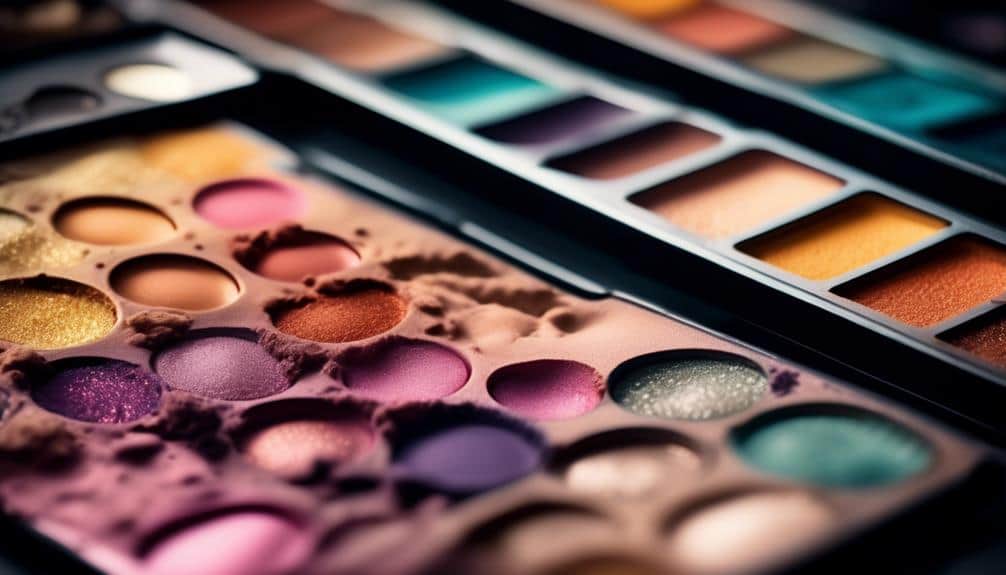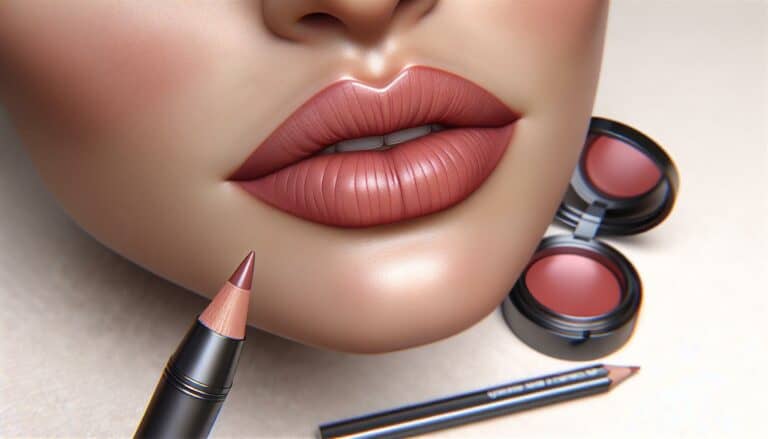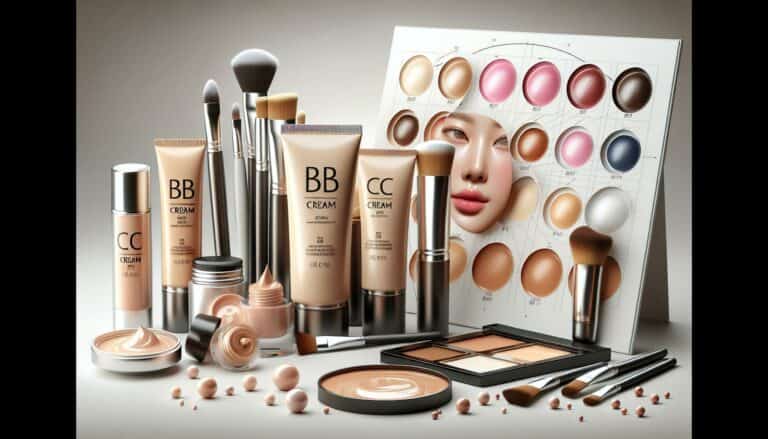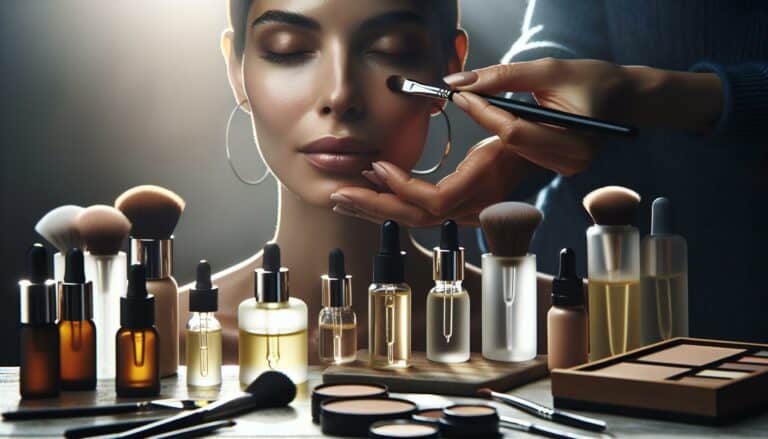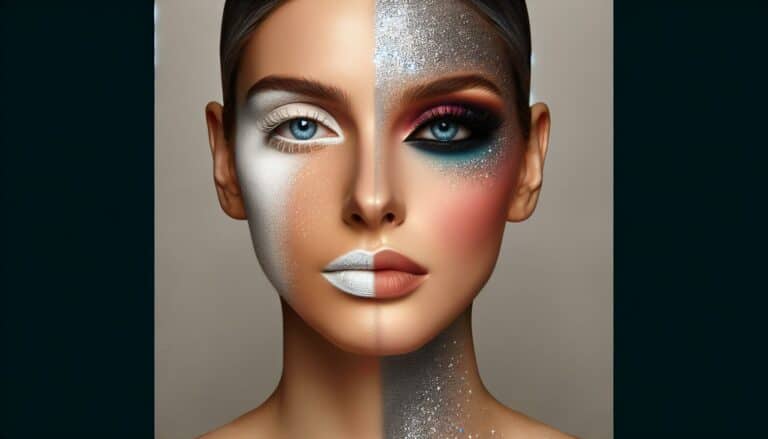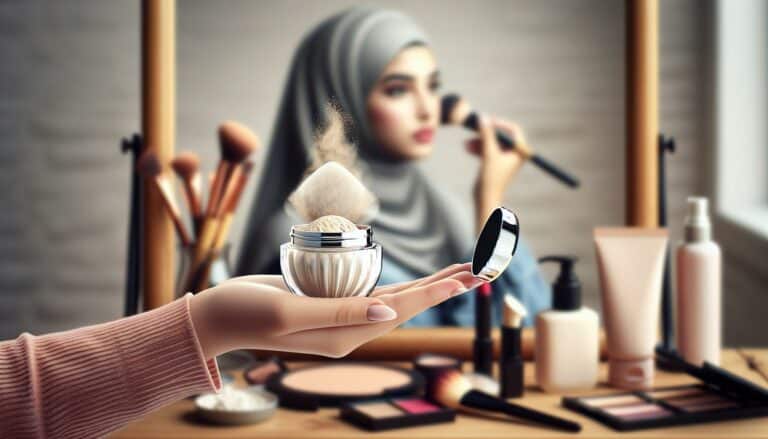Does Eyeshadow Go Bad
Just like the delicate bloom of a flower that eventually wilts and fades, your cherished eyeshadow palette, too, has a lifespan that might be shorter than you'd expect.
You've likely experienced the thrill of swiping on that perfect shade, feeling it seamlessly blend into your skin, transforming your look with a flick of your wrist.
Yet, lurking beneath the surface beauty of these pigmented powders and shimmers is a truth we often overlook: eyeshadows do indeed go bad.
The risks of clinging to your favorite shades beyond their prime aren't just about compromised color payoff or patchy application; it's a matter of skin health.
As you stand before your makeup collection, you might wonder how to spot the telltale signs that it's time to bid farewell to your beloved hues or how to extend their vibrancy and safety.
The answers lie in understanding the nuances of expiration, storage, and care—essential knowledge that can transform how you view and use your cosmetic treasures.
Let's embark on this enlightening journey together, for the sake of your eyes' health and the longevity of your makeup bag's contents.
Key Takeaways
- Eyeshadows have a limited lifespan and can deteriorate or become a breeding ground for bacteria over time.
- Signs of expired eyeshadow include faded or off-color appearance, hard or cakey texture, unusual smell, and eye irritation.
- Using old eyeshadow can cause skin reactions, decrease makeup performance, and compromise skin health.
- Factors affecting eyeshadow shelf life include ingredient stability, packaging innovation, proper storage conditions, frequency of use, and exposure to air and contaminants.
Understanding Eyeshadow Expiration
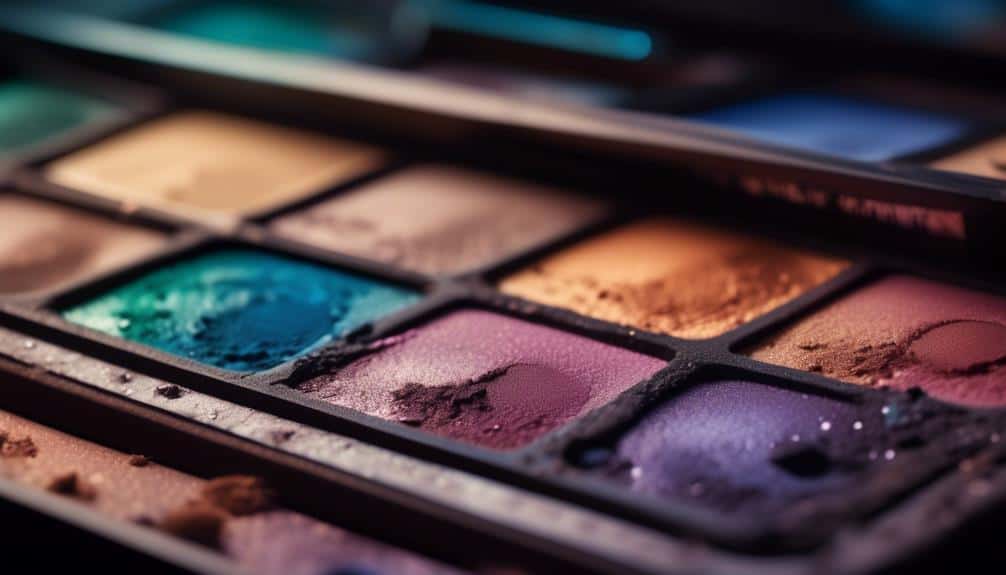
While it's easy to overlook, understanding that your eyeshadow doesn't last forever is crucial in maintaining both the quality of your makeup and the health of your skin. Like any beloved item in your makeup collection, eyeshadows are composed of various ingredients that, over time, can deteriorate or become a breeding ground for bacteria. The thought might make you shiver, but it's a reality we must face to ensure our skin remains as radiant and healthy as we'd like.
When you first pick up that dazzling palette, the manufacturing dates might seem like a mere footnote, barely worth a glance. However, these dates are your first clue to understanding how long your eyeshadow can maintain its best form. Each shade, a beautiful concoction of pigments and binders, is at its peak shortly after production. As months roll into years, the vividness can fade, and the texture might change, hinting that it's time to renew your collection.
Embracing this knowledge ensures you're not only part of a community that values beauty but also prioritizes well-being. By keeping an eye on the manufacturing dates and understanding the nature of eyeshadow ingredients, you're taking a significant step towards responsible makeup use.
Signs of Expired Eyeshadow
Spotting the telltale signs of expired eyeshadow can save your skin from irritation and your makeup look from disappointment. You're not just a makeup enthusiast; you're part of a community that values the artistry and science behind beauty. So, when it comes to your eyeshadows, staying vigilant about their condition ensures you're not only looking fabulous but also respecting your skin's health.
Here's a quick guide to help you identify when it's time to bid farewell to your beloved shades:
| Sign | Description |
|---|---|
| Color Change | Eyeshadow colors that seem faded or just "off" compared to when you first bought them are a clear warning. |
| Texture Alteration | If the eyeshadow feels harder, appears cakey, or you're finding it tough to pick up pigment with your brush, it's altered. |
| Smell | Any unusual or off-putting smell is a dead giveaway that bacteria may have found a new home. |
| Eye Irritation | Experiencing unexpected irritation or redness can be your skin telling you the eyeshadow's time has passed. |
Risks of Using Old Eyeshadow
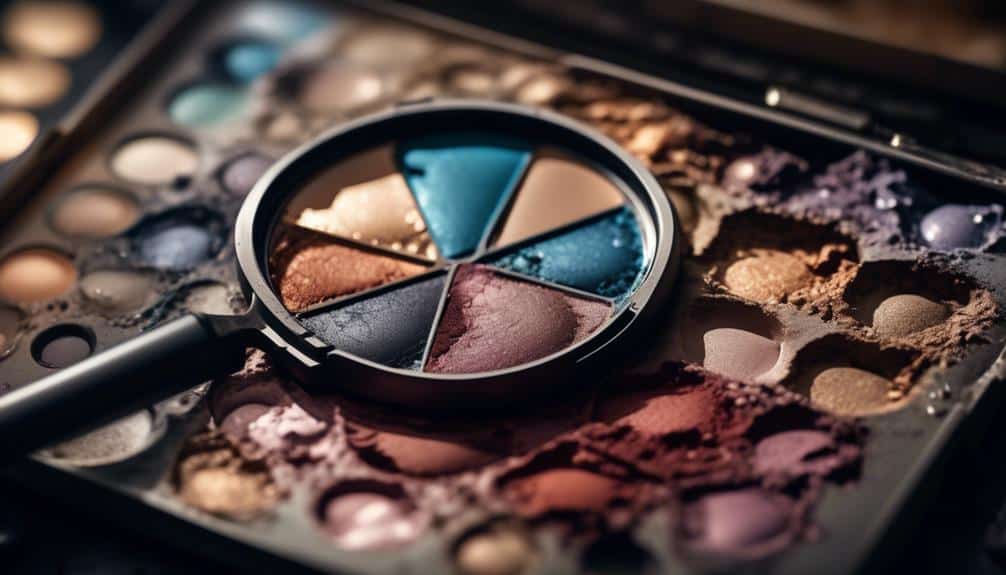
Understanding the signs of expired eyeshadow equips you with the knowledge to protect your skin. But it's equally important to grasp the risks associated with using these outdated products on your eyes. When eyeshadow goes bad, not only does its color and texture change, but it also becomes a breeding ground for bacteria. This can lead to several undesirable outcomes that you'd rather avoid.
- Skin reactions: Imagine planning a night out, only to end up with irritated, red eyes. Old eyeshadow can cause allergic reactions, leading to discomfort and a look you didn't sign up for.
- Makeup performance: There's nothing worse than eyeshadow that just won't blend. Expired products often lose their original consistency, making them harder to apply and diminishing the vibrant look you aim for.
- Emotional discomfort: Beyond the physical, using old eyeshadow can make you feel out of place, especially when you're trying to put your best face forward. It's disheartening when your makeup doesn't cooperate, leaving you feeling less confident in your appearance.
Factors Affecting Eyeshadow Shelf Life
The shelf life of your eyeshadow is influenced by a variety of factors, from the way you store it to the frequency of its use. You're not just buying a color; you're investing in an experience, and how long that experience lasts can depend on careful considerations.
Ingredient stability plays a huge role. Natural ingredients might offer vibrant hues, but they can also be more prone to degradation. On the other hand, synthetic components might extend shelf life but could lack the appeal of their natural counterparts.
Packaging innovation has revolutionized how we preserve the integrity of our makeup. Air-tight containers can prevent contamination and slow down the degradation process, ensuring your eyeshadow remains as intended for longer.
Let's dive into some specifics with a simple table:
| Factor | Impact on Shelf Life | Considerations |
|---|---|---|
| Ingredient Stability | Varies | Natural vs. Synthetic |
| Packaging Innovation | Increases | Air-tight, Light-blocking |
| Storage Conditions | Critical | Cool, Dry, Away from Sunlight |
| Usage Frequency | Decreases | Brushes vs. Fingers |
| Opened vs. Unopened | Decreases | Exposure to Air and Contaminants |
How to Properly Store Eyeshadow
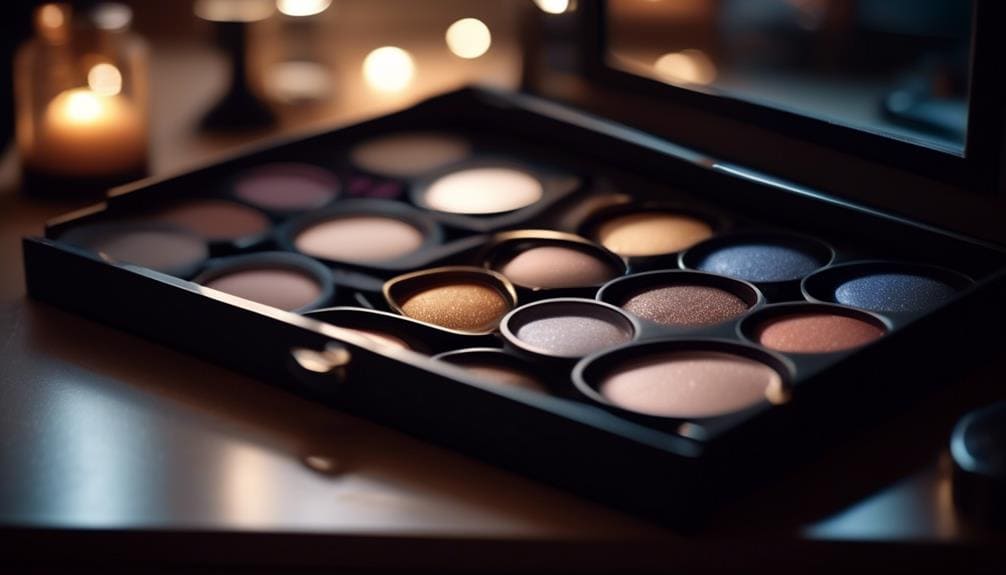
Having explored the factors that influence the longevity of your eyeshadow, let's now focus on ensuring it stays pristine with proper storage techniques.
Proper storage isn't just about tidiness; it's about preserving the soul of your makeup collection. Your eyeshadows, with their varied and vibrant hues, deserve a sanctuary where they can remain as vivid and expressive as the day you brought them home.
To prevent color fading and maintain the integrity of your eyeshadows, consider the following:
- Avoid Direct Sunlight: Just like your skin, eyeshadow can suffer under the harsh glare of the sun. Find a cool, dark place for your palettes to rest, where the relentless pursuit of time and light can't dull their sparkle.
- Humidity Control: Bathrooms often become a makeup haven, but the fluctuating humidity can be a nightmare for powder-based products. Instead, opt for a vanity or desk in a drier room, safeguarding the silky texture and preventing unwanted clumping.
- Tight Seals: Ensure each eyeshadow case snaps shut firmly or screws on tightly. This simple act is a declaration of defiance against dust, debris, and the dreaded dry-out, keeping each shade as lush and blendable as intended.
Fostering a sense of belonging among your eyeshadows with these mindful storage solutions not only extends their life but enriches your makeup experience.
Tips for Maximizing Eyeshadow Longevity
Why let your favorite shades fade prematurely when a few simple tricks can keep them vibrant and enduring? You're part of a community that treasures every hue and every pigment, and maximizing the longevity of your eyeshadow is akin to preserving cherished memories. By understanding the nuances of ingredients analysis and fostering color stability, you ensure that each application is as brilliant as the first.
Here's a quick guide to keep your eyeshadows in their prime:
| Strategy | How It Works |
|---|---|
| Tight Closure | Always ensure your eyeshadow containers are tightly closed to prevent air and moisture infiltration. |
| Ingredients Analysis | Familiarize yourself with the composition of your eyeshadows to avoid those with quick-to-expire ingredients. |
| Avoid Direct Sunlight | Store your eyeshadows away from direct sunlight to maintain color stability and prevent degradation. |
| Clean Application Tools | Regularly cleaning your brushes and applicators prevents the transfer of oils and bacteria to your eyeshadow. |

